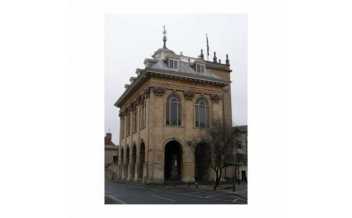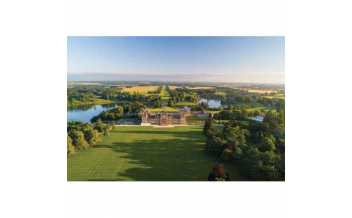Activities
-
Abingdon County Hall Museum, Abingdon
Built between 1678 and 1683, the museum originally had a market space under a...
-
Ardington House, Oxfordshire, England
Built between 1719 and 1721 for Edward Clarke, this Georgian manor is now...
-
Bate Collection of Musical Instruments,...
In Oxford University's Faculty of Music is the Bate Collection of historical...
-
Blenheim Palace, Park and Gardens,...
The 1st Duke of Marlborough commissioned this English Baroque country house...
-
Broughton Castle, Oxfordshire, England
Broughton Castle is a fortified manor house with a large moat close to...
-
Fawley Vineyard, Oxfordshire, England
The first hectare of the Fawley vineyard was planted in 1985 with 500...
-
History of Science Museum, Oxford
The History of Science Museum houses an unrivalled collection of historic...
-
Hook Norton Brewery, Oxfordshire, England
This Victorian tower brewery was built in 1856 by John Harris, whose...
-
Kelmscott Manor, Oxfordshire, England
The former home of Willian Morris, Kelmscott was built in 1570 by a local...
-
Kingston Bagpuize House, Oxfordshire, England
This red brick baroque house was built in 1716 for John Blandy and now...
-
Museum of Oxford, Oxford
The Museum of Oxford is the only museum dedicated to telling the story of...
-
Oxford Bus Museum, Woodstock
The museum tells the story of bus and coach travel around Oxfordshire over...
-
Oxford Castle & Prison, Oxford
Built in 1066, over time the site was transformed from a castle into a prison.
-
-
Waterperry Gardens, Oxford
Seven miles from the heart of historic Oxford lies Waterperry Gardens – eight...





















